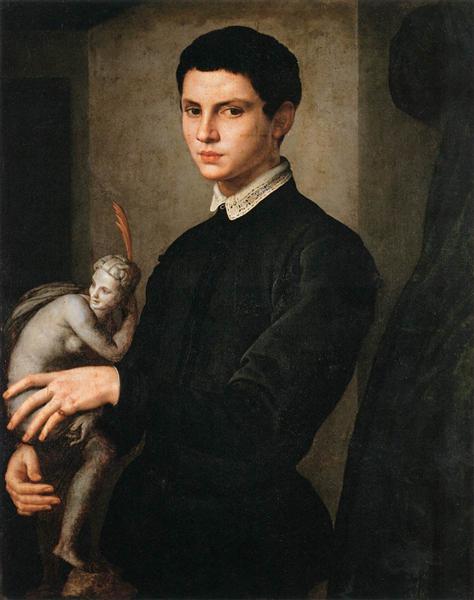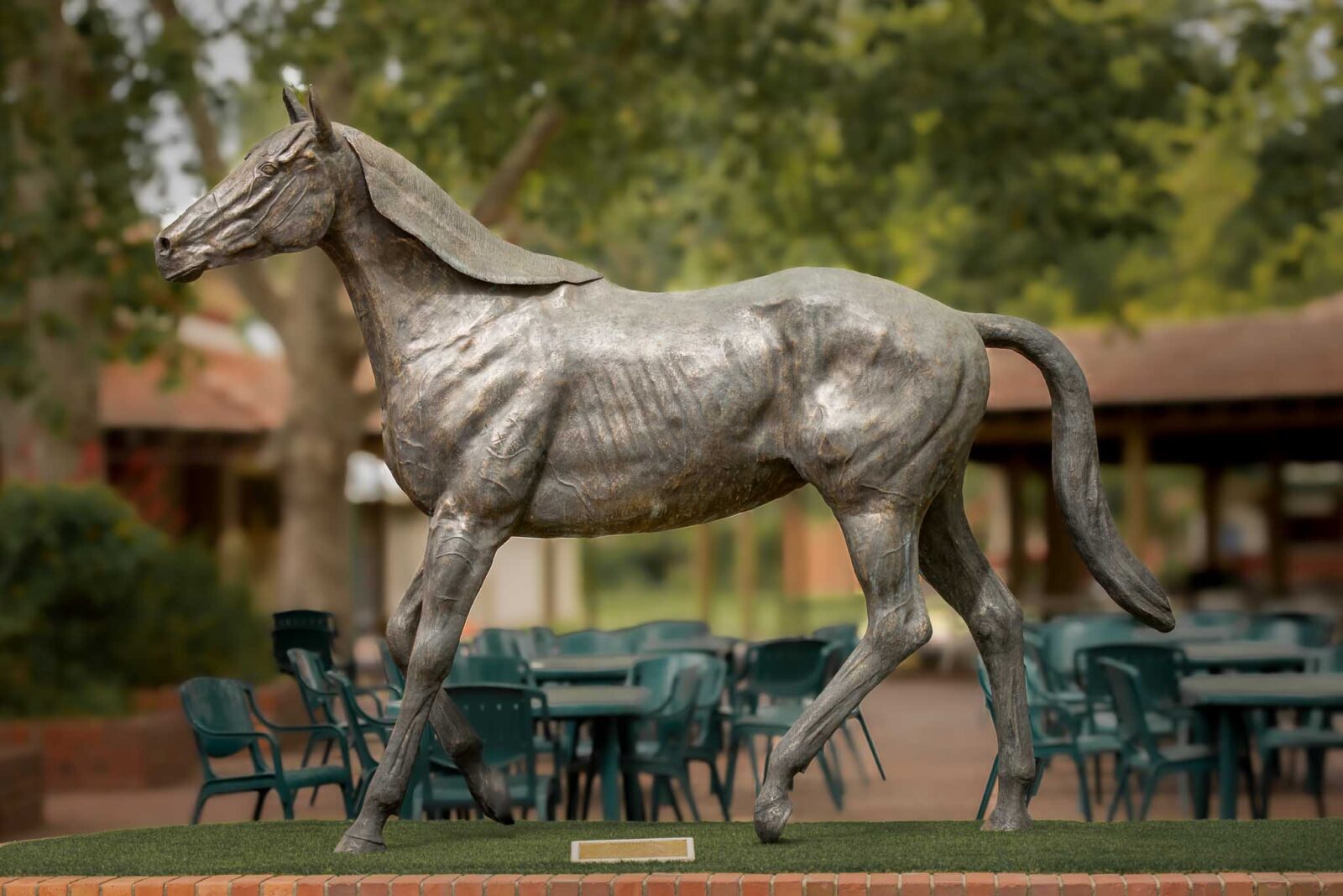Exploring Various Products in Sculpture Art
From ancient stone sculptures to contemporary combined media developments, musicians have constantly explored the limitless possibilities of various materials. In this write-up, we will delve into the interesting globe of exploring various materials in sculpture art. We will certainly find the ageless charm of stone sculptures, the elaborate craftsmanship of metal masterpieces, the malleability of clay creations, the unconventional use of combined media, and the transformation of common things right into remarkable works of art.
Stone Sculptures: Ancient and Timeless
Rock sculptures have long been appreciated for their enduring beauty and classic charm. Going back countless years, rock sculptures have actually been a noticeable type of creative expression across countless cultures and people. From the ancient Egyptians and Greeks to the Mayans and Chinese, artists have utilized rock as a tool to create stunning artworks that have stood the test of time.
One of the vital reasons for the enduring popularity of stone sculptures is the longevity of the product itself. Unlike other tools that may deteriorate in time, rock has actually proven to be resistant and able to endure the components. This longevity has enabled stone sculptures to endure for centuries, acting as a testimony to the craftsmanship and skill of the musicians that developed them.
Furthermore, rock sculptures have a sense of durability and strength that is unequaled by other materials. The weight and appearance of stone offer sculptures a sense of visibility and substance, making them a prime focus in any type of room they live in. Whether shown in galleries, yards, or public rooms, rock sculptures command interest and evoke a feeling of timelessness.
Furthermore, the all-natural appeal of stone adds to its appeal as a medium for artists. The special colors, patterns, and structures discovered in numerous sorts of stone add to the aesthetic appeal and artistic expression of the sculptures. From the smooth beauty of marble to the sturdy charm of granite, each sort of stone supplies its own distinctive aesthetic qualities, permitting musicians to create truly one-of-a-kind pieces.
Steel Masterpieces: From Iron to Bronze
Continuing the exploration of materials in sculpture art, the shift from stone to steel generates a brand-new world of creative thinking and craftsmanship. Metal sculptures have a long and rich history, dating back to ancient civilizations. From iron to bronze, artists have actually used the distinct homes of these metals to produce work of arts that inspire and astound.
Bronze, on the other hand, supplies a different set of high qualities that artists have actually used to excellent result. Its malleability and ability to hold fine information make it a suitable material for sculpting intricate and delicate kinds. Bronze sculptures usually emanate a feeling of style and elegance, with their smooth surfaces and subtle agings.


Clay Creations: Versatile and malleable
Clay sculptures, with their functional and flexible nature, offer musicians a wide variety of imaginative possibilities in the globe of sculpture art. Clay, an all-natural material made up of minerals and water, has actually been made use of by musicians for centuries to create expressive and complex sculptures.

Musicians can control the clay utilizing their hands or devices, enabling for the production of complex details and appearances. This pliability provides musicians the flexibility to experiment and discover various forms and designs.
One more advantage of clay is its flexibility in terms of firing methods. It can be discharged at various temperature levels, leading to various coatings and effects. For instance, low-fired clay produces a permeable and delicate surface area, while high-fired clay generates a sturdy and smooth surface.
Additionally, clay offers musicians the possibility to operate in both additive and subtractive techniques. They can develop layers find of clay to create a sculpture from scratch, or they can carve away excess clay to expose the wanted form. This versatility allows artists to adjust their techniques to match their imaginative vision.
Clay sculptures can be completed with different techniques, such as glazing, painting, or including other products like metals or wood. This more boosts the creative possibilities and permits for the development of aesthetically striking and one-of-a-kind pieces.
To conclude, the malleability and flexibility of clay make it an excellent tool for musicians to discover their creativity in sculpture art. Its capacity to be formed, terminated, and finished in different methods opens a world of possibilities, permitting artists to bring their visions to life with the meaningful and responsive nature of clay sculptures.
Mixed Media Magic: Unconventional Materials in Sculpture
With an expanding passion in pushing the borders of conventional sculpture, musicians have begun to welcome mixed media as a means of incorporating non-traditional products right into their artistic creations. By integrating various products, artists can produce vibrant and aesthetically striking sculptures that test the customer's assumption of what sculpture can be.
Multimedias sculptures frequently include a mix of materials such as timber, metal, material, found things, and also natural materials like plants or pet components. These unique products include deepness, structure, and meaning to the art work, permitting artists to discover new concepts and concepts.
One instance of mixed media sculpture is the work of artist Louise Nevelson - Contemporary Sculptures. She is understood for her assemblages made from found things and disposed of materials. Her sculptures, usually repainted in monochromatic colors, create detailed and abstract structures that stimulate a feeling of mystery and symbolism
One more musician who utilizes mixed media in sculpture is Ron Mueck. He develops hyper-realistic sculptures by combining materials such as silicone, fiberglass, and human hair. Mueck's sculptures challenge our perception of range and truth, as he frequently produces epic or miniature numbers that appear extremely natural.
Mixed media sculpture enables artists to experiment with unconventional products, expanding the opportunities of what sculpture can be. Contemporary Sculptures. By including different materials, artists can produce distinct and thought-provoking art work that mesmerize and engage audiences in brand-new and unexpected methods
Found Item Art: Changing the Ordinary Into Extraordinary
Found things art is a transformative practice that elevates daily things into remarkable sculptures. This creative technique includes using arbitrary, thrown out things that are repurposed and given brand-new life. By including these discovered things into their work, musicians test traditional ideas of what makes up art and produce provocative items that involve audiences in one-of-a-kind methods.
The appeal of discovered object art depends on its capability to change the regular into something phenomenal. Musicians seek out discarded things such as old tools, family things, or also natural products like branches and rocks, and use them as the structure for their sculptures (Robert C Hitchcock Sculptor). With careful plan, adjustment, and in some cases also alteration, these objects are changed right into exciting works of art that welcome audiences to reconsider the value and capacity of day-to-day items
This art form urges customers to examine their presumptions of appeal and meaning. By presenting familiar objects in strange contexts, found things art challenges us to see the globe in exciting and brand-new methods. It urges us to look beyond the surface and uncover covert stories and links within the items themselves.
Verdict
Finally, exploring various products in sculpture art enables artists to share their creative thinking and bring their visions to life. Rock sculptures display the old and classic elegance of natural materials, while metal masterpieces show the convenience and stamina of iron and bronze. Clay developments supply a malleable and versatile tool for artists to form and mold (Portrait Sculptor). Mixed media magic and found object art obstacle typical notions of sculpture, transforming regular materials right into amazing artworks.
From ancient rock sculptures to contemporary blended media creations, musicians have actually constantly discovered the countless possibilities of various materials. Clay sculptures, with their flexible and flexible nature, offer artists a vast variety of imaginative possibilities in the world of sculpture art. Clay, a natural product composed of minerals and water, has actually been made use of by artists for centuries to create elaborate and meaningful sculptures.
In conclusion, the pliability and versatility of clay make it an optimal tool for artists to explore their creativity in sculpture art.In verdict, checking out various materials in sculpture art allows artists to share their creative thinking and bring their visions to life.